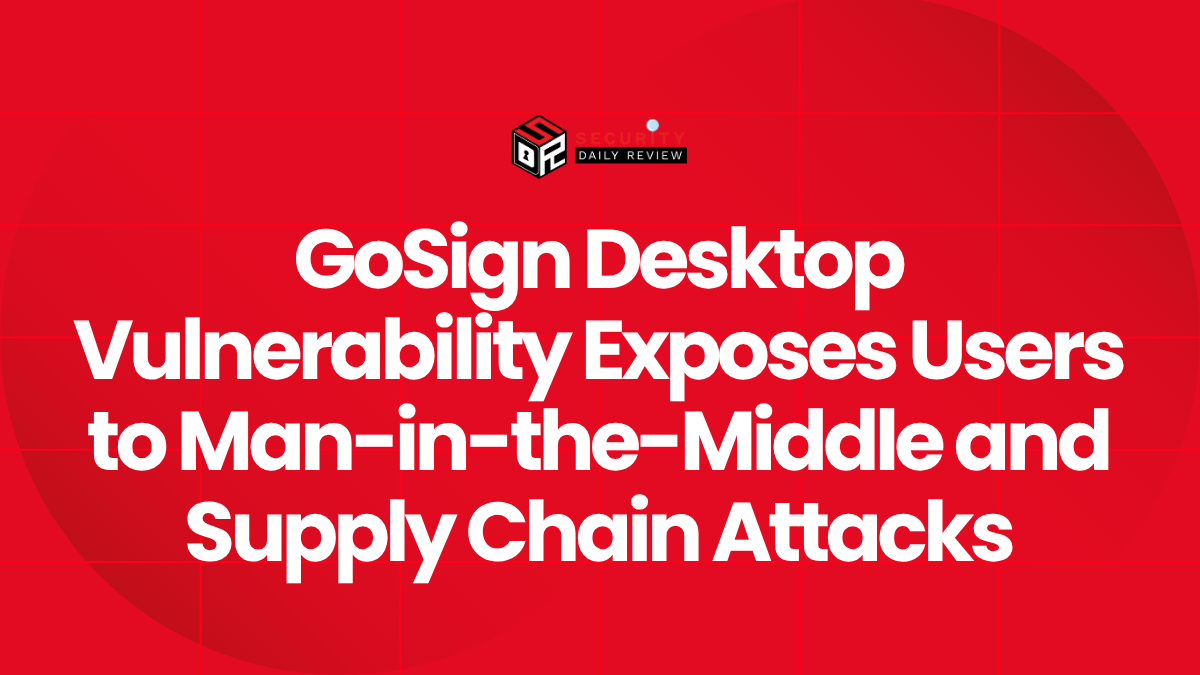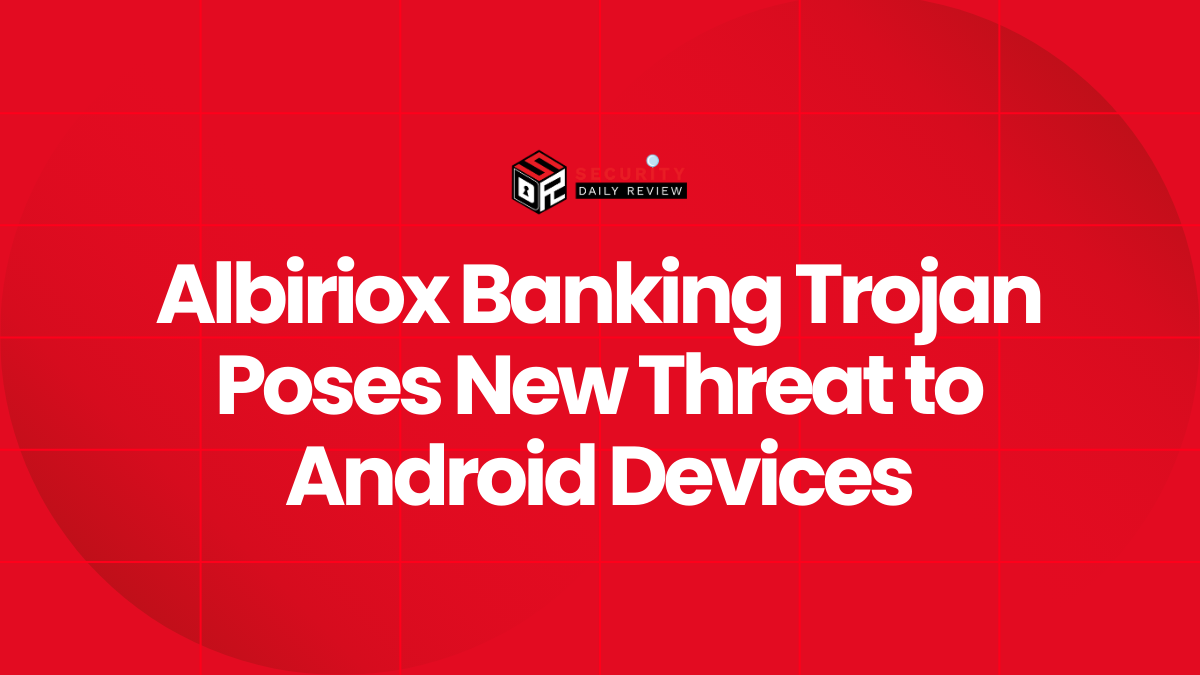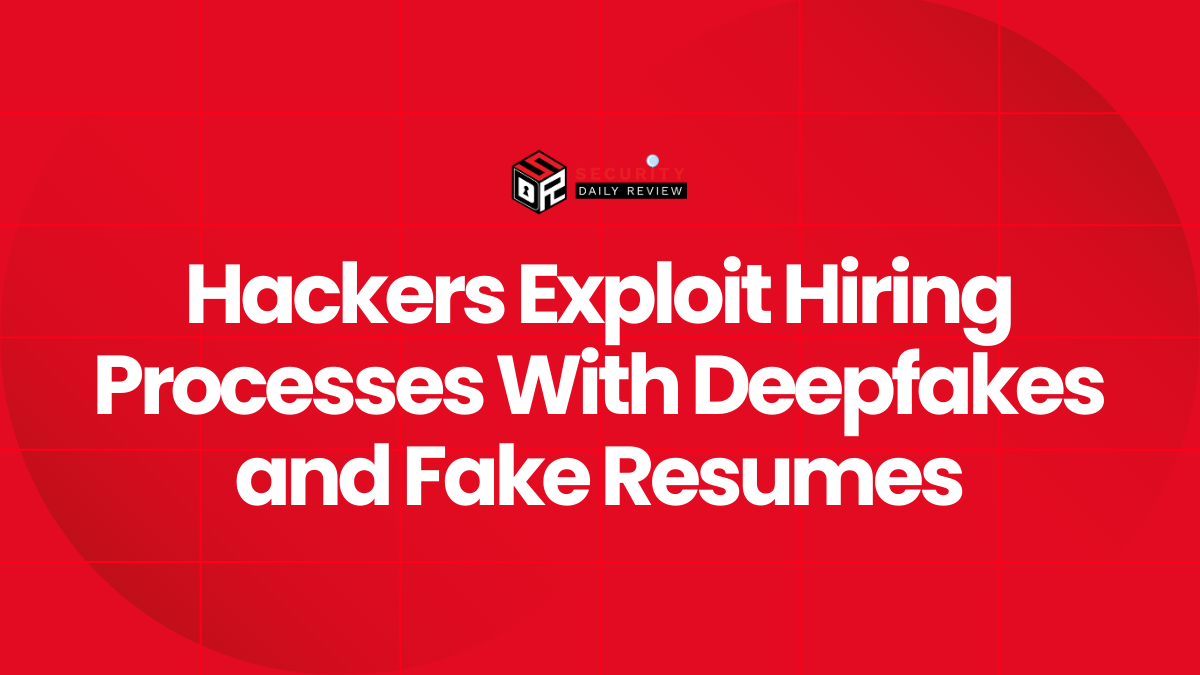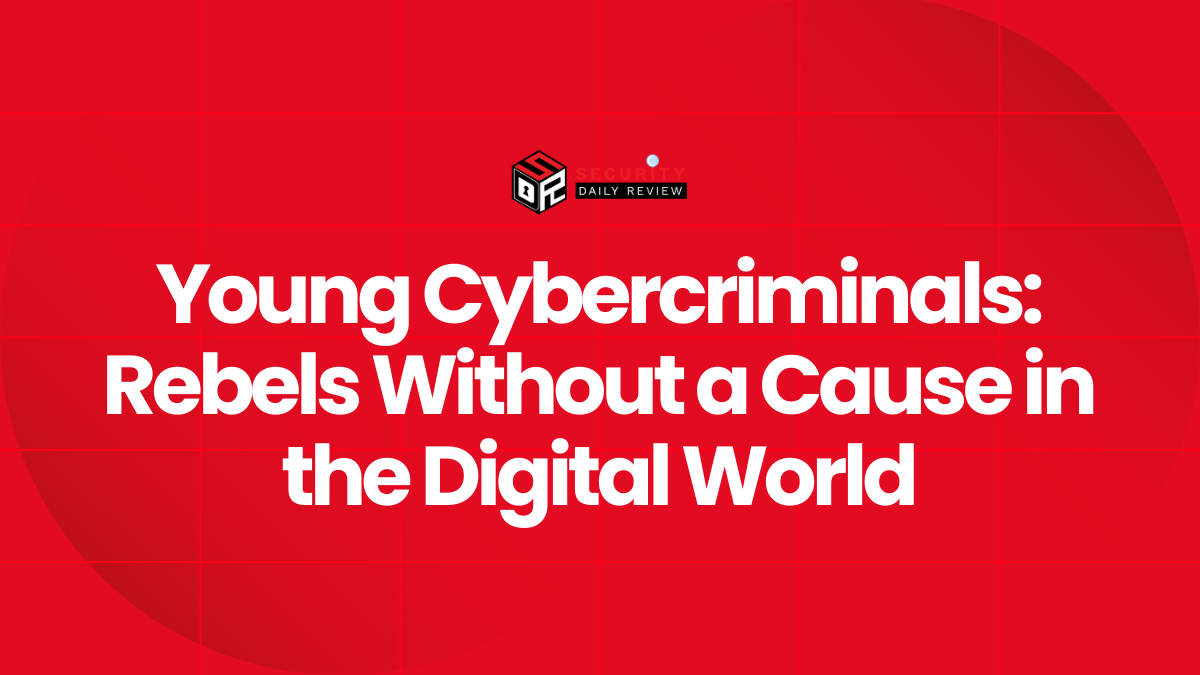A significant security vulnerability has been discovered in GoSign Desktop, a widely used solution for qualified electronic signatures developed by Tinexta InfoCert S.p.A. The flaws concern improper TLS (Transport Layer Security) certificate validation and an unverified update mechanism. Together, these issues could allow attackers to intercept data or deliver malicious updates.
This article delves into the technical aspects of the vulnerabilities, the affected components, and the broader implications for secure electronic signature workflows in both public and private sectors.
TLS Certificate Checks Were Disabled in Desktop Software
Security researchers have identified that GoSign Desktop—used by public administrations, businesses, and professionals for managing digital document approvals—fails to perform proper TLS certificate validation.
Improper TLS Validation Leaves Sessions Vulnerable
TLS is designed to secure communications over a network, ensuring confidentiality and integrity through certificate validation. In this case, GoSign Desktop’s TLS connection implementation does not validate certificates at all. Without this verification step, the application is vulnerable to man-in-the-middle (MitM) attacks.
This means an attacker with network access could intercept or tamper with encrypted traffic by supplying a malicious certificate, and the application would not detect the intrusion. Any sensitive information passed through that session—including credentials, authentication tokens, or documents—would be at risk.
Unsigned Update Mechanism Creates Supply Chain Risk
The second critical flaw in GoSign Desktop stems from its update mechanism. The software downloads and executes update packages that are not signed or validated by any digital signature.
Lack of Package Signing Allows Arbitrary Code Execution
Update processes are one of the most critical components in secure software distribution, particularly in the context of sensitive applications like electronic signatures. According to researchers, GoSign Desktop’s update logic did not perform any cryptographic verification of its update packages. This allows an attacker to intercept and replace legitimate update files with malicious code.
If combined with a MitM attack exploiting the TLS flaw, a malicious actor could deliver arbitrary software under the guise of an official update. Any compromised payload executed in this context would operate with the same privileges as GoSign Desktop, potentially granting control over high-sensitivity systems.
Risk Amplified by Administrative Use
Given GoSign’s widespread deployment across government agencies and enterprises—many of whom use the software with administrator-level permissions—the implications of this vulnerability extend far beyond end-user compromise. In environments where digital signatures carry legal significance, the ability to inject or manipulate signed documents could result in severe consequences, including fraud or legal liability.
SaaS Version Safe, But Transparency Still Lacking
It’s worth noting that the SaaS/web version of GoSign reportedly does not exhibit these specific vulnerabilities. Furthermore, it has received QC2 certification, validating its qualified signature mechanisms under European Union regulations.
However, affected organizations relying on the Desktop version may not have a clear migration path or assurance of remediation. Tinexta InfoCert has not made public statements regarding the timeline or availability of security patches, leaving users exposed unless compensating controls can be implemented.
Organizations Must Evaluate Risk and Mitigation Strategies
The discovery of GoSign Desktop’s vulnerabilities illustrates the broader challenges in securing application software, particularly when it intersects with trusted workflows such as digital signatures.
Immediate Actions Recommended
For organizations using GoSign Desktop, the following steps are recommended:
- Disconnect GoSign Desktop from internet-facing services until a fix is verified
- Restrict the network access of the application to prevent unauthorized interception
- Monitor for unexpected software update activity
- Transition to the SaaS version if feasible, in consultation with the vendor
Long-Term Considerations
The incident also reinforces the need for:
- Signed update mechanisms with strict cryptographic verification
- Robust TLS certificate validation frameworks during development
- Continuous auditing of third-party applications in critical environments









